Tamgerine
TPF Noob!
- Joined
- Jun 27, 2012
- Messages
- 131
- Reaction score
- 71
- Location
- DC
- Website
- www.tammyhineline.com
- Can others edit my Photos
- Photos OK to edit
Every now and then I get a few questions asking what it's like to be a photographer in the military. I'd like to write an overall article covering the aspects of what this sort of job entails, but I want to cover a broad variety of questions and not just what I've been asked in the past.
Which is where you come in! I'll answer any questions you may have, long or short, about the sort of work I do. I'll be as detailed as I can as long as it doesn't cross the lines of operational security and what I'm permitted to say.
Some background: I enlisted in 2008 into the Marine Corps as a 4671, Combat Videographer, which is my primary MOS. I'm currently 7 months into a deployment in Afghanistan, and I deployed with a Marine Expeditionary Unit in 2010 where we worked on ships with the Navy. The majority of my work in a deployed environment is actually photography, and a little bit of reproduction/print and graphics work.
I've done a lot of things: blown stuff up, flown in a lot of helicopters, done a lot of working parties, worked alongside many foreign militaries, got yelled at, yelled at people, slept on the ground, slept in the rain, slept in the same sleeping quarters with 74 other women, spent 16 hours straight in an MRAP, peed twice next to that MRAP in the middle of the desert, peed next to some guy's garden in the middle of the desert, been to a bunch of different countries, and a variety of other things you can probably come up with. I've taken pictures of most of it. Except the pee.
So if you've got any questions about my line of work, have children who are thinking about the military as an option, or just absolutely have to know what it's like to stand in line for ship food for two hours - here's your chance to ask.
Which is where you come in! I'll answer any questions you may have, long or short, about the sort of work I do. I'll be as detailed as I can as long as it doesn't cross the lines of operational security and what I'm permitted to say.
Some background: I enlisted in 2008 into the Marine Corps as a 4671, Combat Videographer, which is my primary MOS. I'm currently 7 months into a deployment in Afghanistan, and I deployed with a Marine Expeditionary Unit in 2010 where we worked on ships with the Navy. The majority of my work in a deployed environment is actually photography, and a little bit of reproduction/print and graphics work.
I've done a lot of things: blown stuff up, flown in a lot of helicopters, done a lot of working parties, worked alongside many foreign militaries, got yelled at, yelled at people, slept on the ground, slept in the rain, slept in the same sleeping quarters with 74 other women, spent 16 hours straight in an MRAP, peed twice next to that MRAP in the middle of the desert, peed next to some guy's garden in the middle of the desert, been to a bunch of different countries, and a variety of other things you can probably come up with. I've taken pictures of most of it. Except the pee.
So if you've got any questions about my line of work, have children who are thinking about the military as an option, or just absolutely have to know what it's like to stand in line for ship food for two hours - here's your chance to ask.


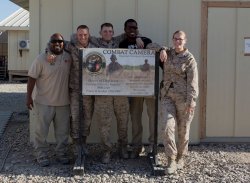
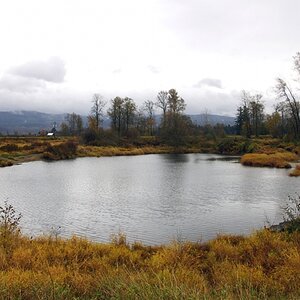
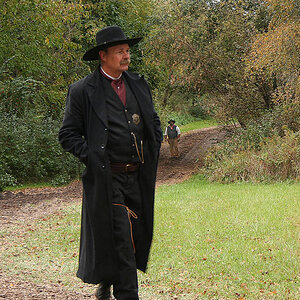
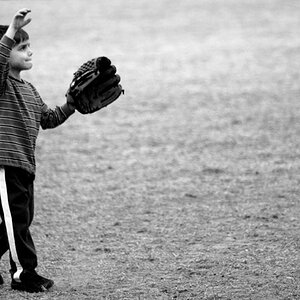
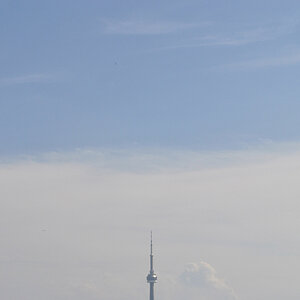
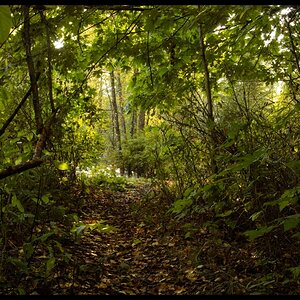

![[No title]](/data/xfmg/thumbnail/38/38294-cb4a5aa0ded725d4c694e6eebe276f0d.jpg?1619738564)
![[No title]](/data/xfmg/thumbnail/33/33356-9cfc19255e84aab13c903f781a99cf9f.jpg?1619735920)
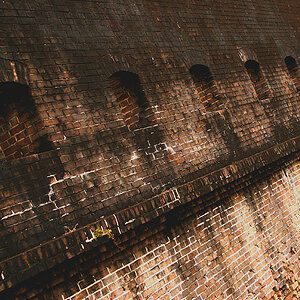
![[No title]](/data/xfmg/thumbnail/38/38292-ab7b4579becf6f3bda3ef5b18219d707.jpg?1619738563)
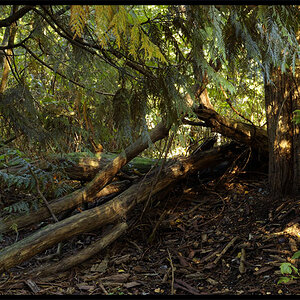
![[No title]](/data/xfmg/thumbnail/31/31747-2e2e2bda16938a6a1d5fd6120c558293.jpg?1619734987)